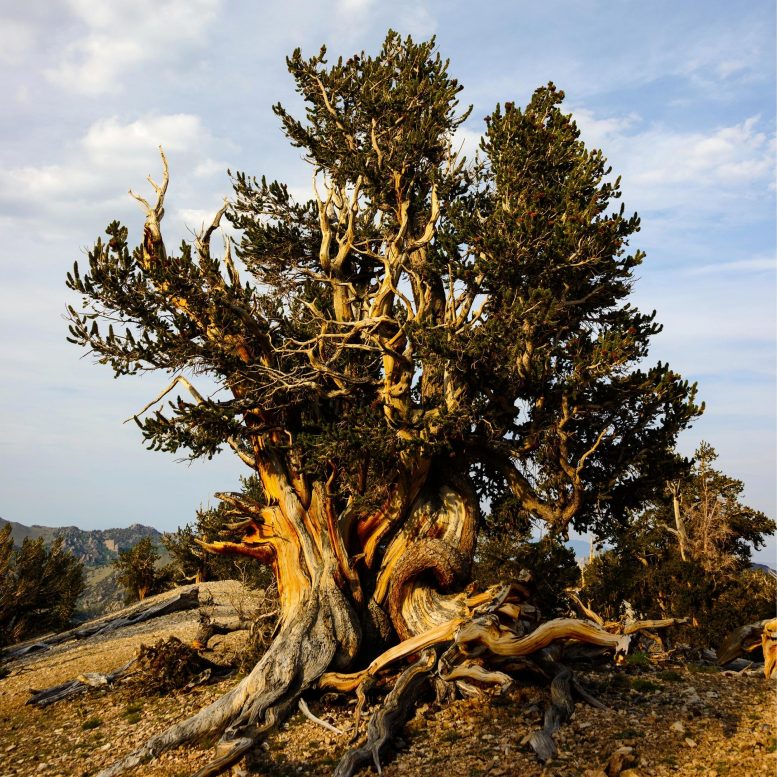
Bristlecone pine in the White Mountains can live up to 5,000 years and act as massive carbon storage.
Ecologists highlight the importance of preserving ancient trees.
A vital role in biodiversity and ecosystem preservation is played by ancient trees—those that are many hundreds, or even thousands, of years old—by providing stability, strength, and protection to at-risk environments. A team of ecologists highlight the importance of preserving these monumental organisms and present a project initiative to ensure their protection and longevity in a review article published in the journal Trends in Ecology & Evolution on October 19.
Pinus longaeva (commonly called the Great Basin bristlecone pine, intermountain bristlecone pine, or western bristlecone pine) is a long-living species of bristlecone pine tree found in the higher mountains of California, Nevada, and Utah.
“Ancient trees are unique habitats for the conservation of threatened species because they can resist and buffer climate warming,” write the authors, including Gianluca Piovesan and Charles H. Cannon. Some of these trees, such as bristlecone pines in the White Mountains of California and Nevada can live up to 5,000 years and act as massive carbon storage.
Ancient trees are hotspots for mycorrhizal connectivity, the symbiotic relationship with underground fungi that supplies plants with many of the nutrients they need to survive. This symbiosis with fungi also helps reduce drought in dry environments. Ancient trees play a disproportionately large role in conservation planning and yet are being lost globally at an alarming rate.
The scientists suggest a two-pronged strategy to protect ancient trees: first, the conservation of these trees through the propagation and preservation of the germplasm and meristematic tissue from these ancient trees, and second, a planned integration of complete protection and forest rewilding.
Named Methuselah, a bristlecone pine located within the White Mountains is the oldest known, verified living tree in the world, at 4,854 years old.
“Mapping and monitoring old-growth forests and ancient trees can directly assess the effectiveness and sustainability of protected areas and their ecological integrity,” they write. “To carry out this ambitious project, a global monitoring platform, based on advanced technologies, is required along with public contributions through community science projects.”
Currently, protecting ancient trees in forests, woodlands, historic gardens, and urban and agricultural areas remains limited by national policy levels. According to the authors, the “current review of the Convention of Biological Diversity and Sustainable Development Goal 15 ‘Life on Land’ of Agenda 2030 should include old-growth and ancient tree mapping and monitoring as key indicators of the effectiveness of protected areas in maintaining and restoring forest integrity for a sustainable future.”
“We call for international efforts to preserve these hubs of diversity and resilience. A global coalition utilizing advanced technologies and community scientists to discover, protect, and propagate ancient trees is needed before they disappear.”
Reference: “Ancient trees: irreplaceable conservation resource for ecosystem” by Gianluca Piovesan, Charles H. Cannon, Jiajia Liu and Sergi Munné-Bosch, 19 October 2022, Trends in Ecology & Evolution.
DOI: 10.1016/j.tree.2022.09.003
Financial support was provided by the Center for Tree Science at the Morton Arboretum.

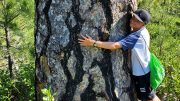
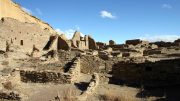

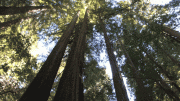
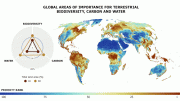



Be the first to comment on "Massive Carbon Storage: Protecting Very Old Trees Can Help Mitigate Climate Change"